
oakbydesign
01423 593 794


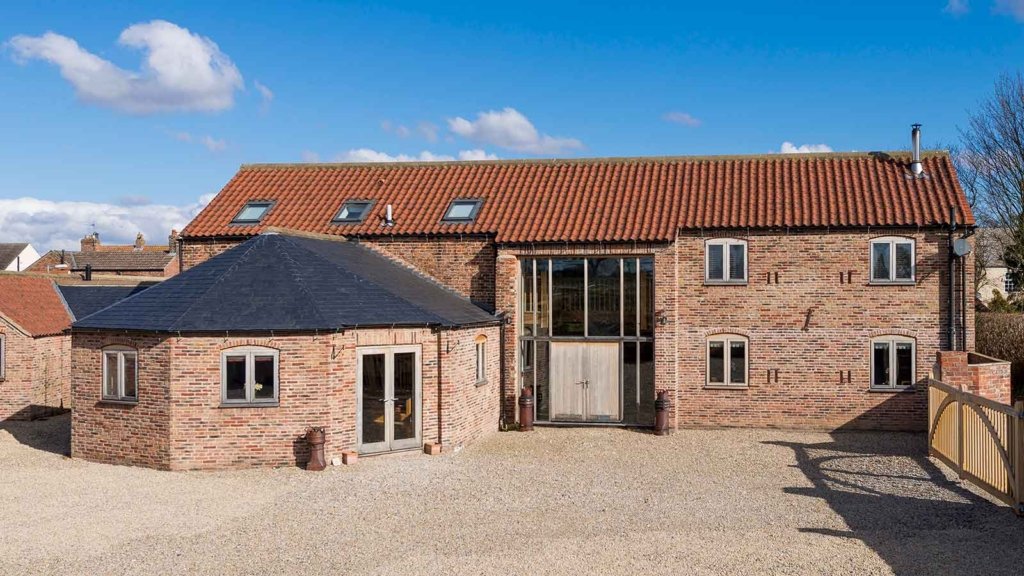
Did you know that properly insulating a home can reduce heating and cooling costs by up to 20%?
With R-values ranging from R-3.3 per inch for fibreglass batts to R-6.5 per inch for closed-cell spray foam, the selection of insulation materials is essential for optimising thermal performance. Evaluating the thermal efficiency and eco-friendliness of options like mineral wool, recycled cellulose, and polyethylene foam can guide homeowners towards sustainable choices. Precise installation techniques and gap sealing guarantee maximum efficacy.
But how do these materials compare in real-world applications?
Selecting the best insulation materials hinges on evaluating thermal resistance (R-values), environmental impact, and specific application needs.
Stone wool, known for its R-value of 3.0 to 3.3 per inch, offers excellent fire resistance and acoustic insulation. Glass wool shares similar thermal properties with an R-value of 2.2 to 2.7 per inch, making it a versatile choice. Sheeps wool, eco-friendly and boasting an R-value of 3.5 to 3.8 per inch, appeals to sustainability-focused projects.
Cellulose, derived from recycled paper, provides an R-value of around 3.2 to 3.8 per inch. Hemp insulation, with an R-value of 3.5 per inch, is another sustainable option.
Selecting the right material guarantees efficient thermal performance and aligns with environmental and application-specific goals.
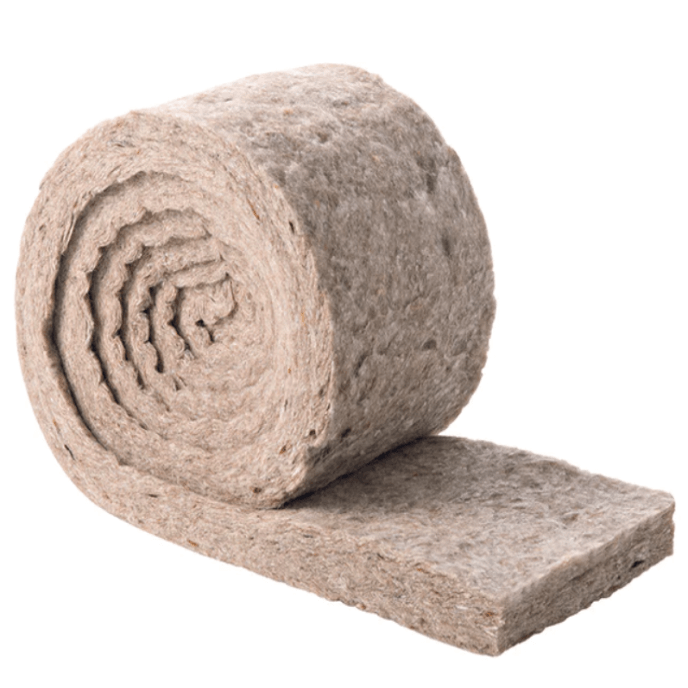
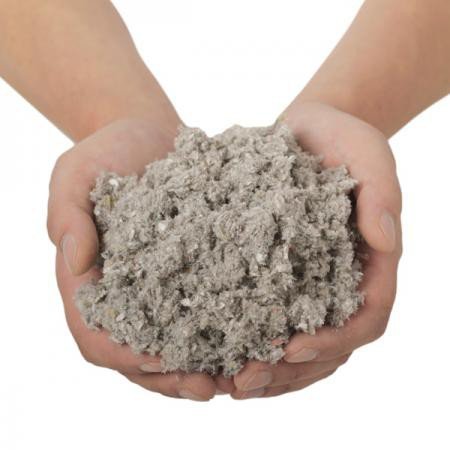
Evaluating thermal efficiency requires a thorough analysis of R-values, material properties, and installation techniques to guarantee peak energy performance. R-values measure thermal resistance; higher values indicate better insulation. For instance, stone wool offers an R-value of about 3.7 per inch, while cellulose provides around 3.5 per inch.
Material properties like density, thermal conductivity, and fire resistance must be considered. Installation techniques impact performance; improper installation can reduce efficiency by up to 30%. Sealing gaps and avoiding thermal bridges are critical. Ensuring insulation materials are properly cut and fitted enhances thermal efficiency.
The design focus should include continuous insulation layers and minimising air infiltration to maintain peak indoor temperatures and energy savings.
For homeowners prioritising sustainability, eco-friendly insulation choices like sheep’s wool and cellulose not only offer commendable R-values but also greatly reduce environmental impact.
Sheep’s wool, with an R-value of approximately 3.5 per inch, naturally regulates humidity and resists mould. It’s biodegradable and recyclable, making it an excellent green choice.
Cellulose, derived from recycled paper, provides an R-value of around 3.7 per inch. It’s treated with non-toxic borate, enhancing fire resistance.
Both materials fit well into design-centric projects focusing on sustainability without compromising thermal performance.
These eco-friendly insulations align with BREEAM certification standards, ensuring that homes not only perform efficiently but also adhere to rigorous environmental criteria. Such choices reflect a commitment to both energy efficiency and ecological responsibility.
Properly insulating different areas of a home, such as walls, roofs, floors, and ceilings, maximises energy efficiency and enhances comfort.
In walls, using batt or roll insulation with an R-value of R-13 to R-23 effectively reduces heat loss.
Roofs benefit from blown-in cellulose or mineral wool, achieving an R-value of R-30 to R-60 in attics.
Floors require rigid board insulation, such as extruded polystyrene (XPS), with R-values ranging from R-5 to R-10 to minimise thermal bridging.
Ceilings, particularly in multi-story homes, should use fibreglass batts or spray foam, meeting R-30 to R-38 standards.
Each area’s specific insulation needs promote optimal thermal performance and long-term durability, adhering to precise design requirements.
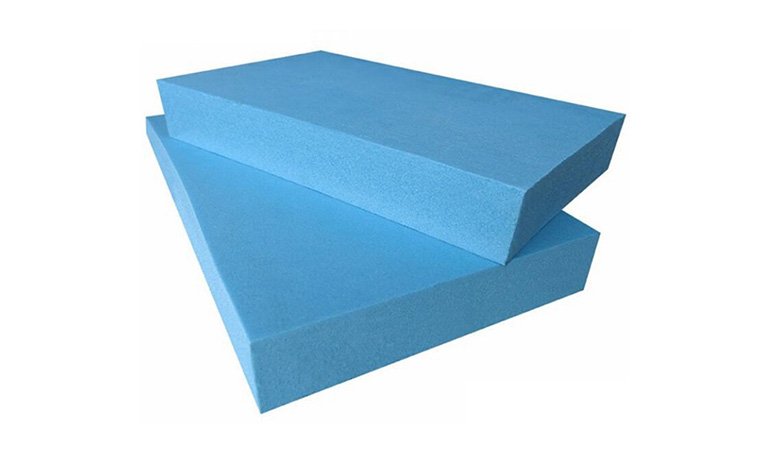
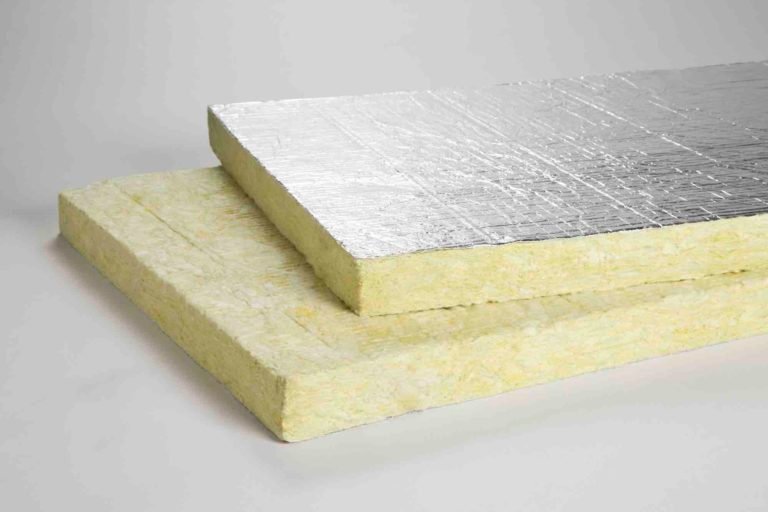
Choosing cost-effective insulation options requires balancing affordability with high thermal performance to guarantee energy-efficient home design.
Mineral wool, with an R-value of 3.7 to 4.2 per inch, offers robust thermal insulation at a moderate cost.
Flexible insulation rolls are versatile for walls and attics.
Recycled cellulose, providing an R-value of approximately 3.5 per inch, is a budget-friendly and eco-conscious choice.
Polyethylene foam excels at moisture resistance, making it ideal for floors and crawl spaces.
Prioritising materials that offer a high R-value relative to their cost ensures effective thermal insulation without financial strain.
Telephone: 01423 593 794
Locksley Park
Blind Lane
Tockwith
YORK YO26 7QJ
Opening Times:
Mon to Fri - 9.00am to 5.00pm
Bank Holidays - Closed
Christmas 2025- TBC
Oak By Design is the trading name of:
Oak By Design Ltd.
Reg Number: 04384416
VAT Number: 664 8012 33